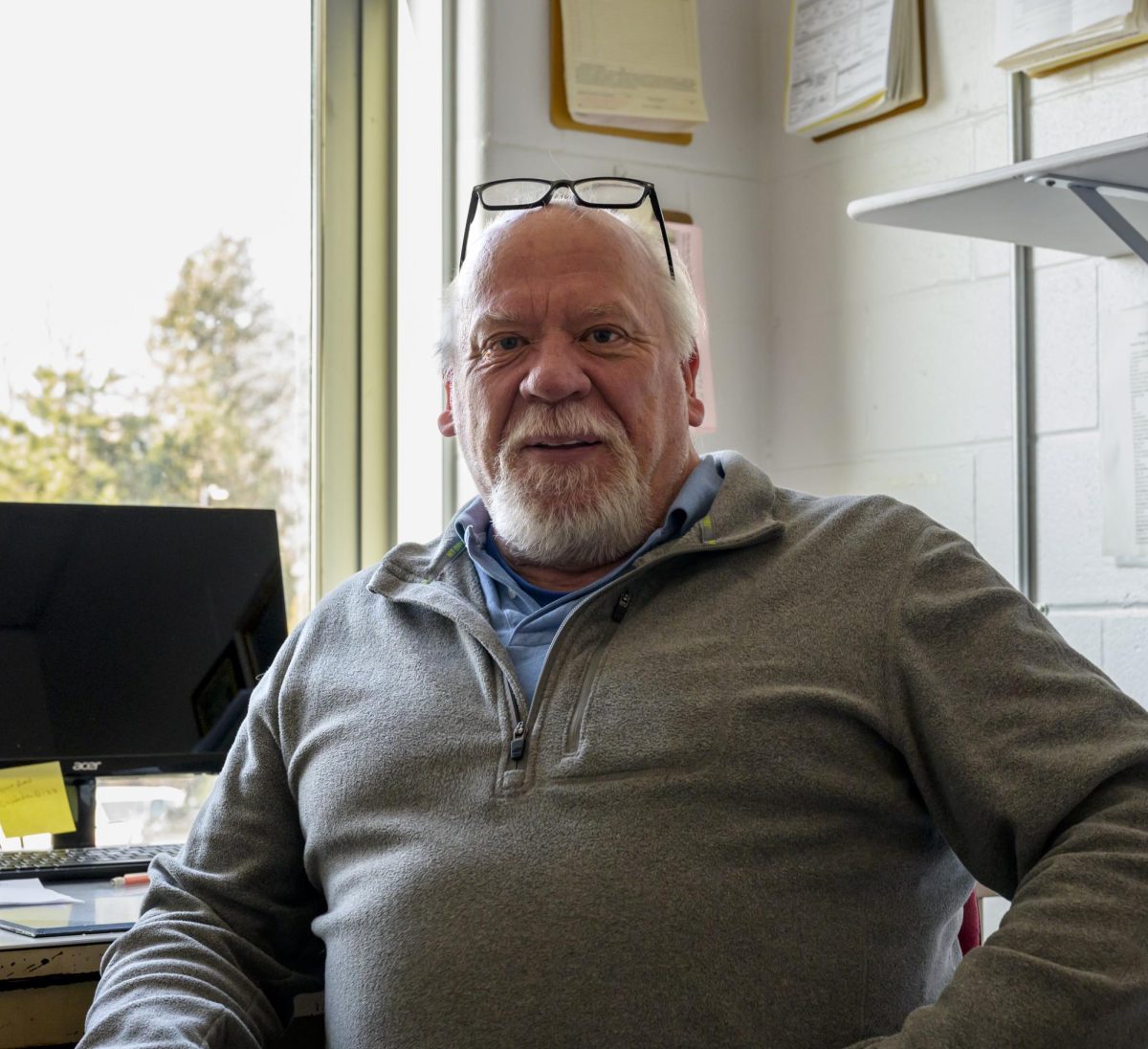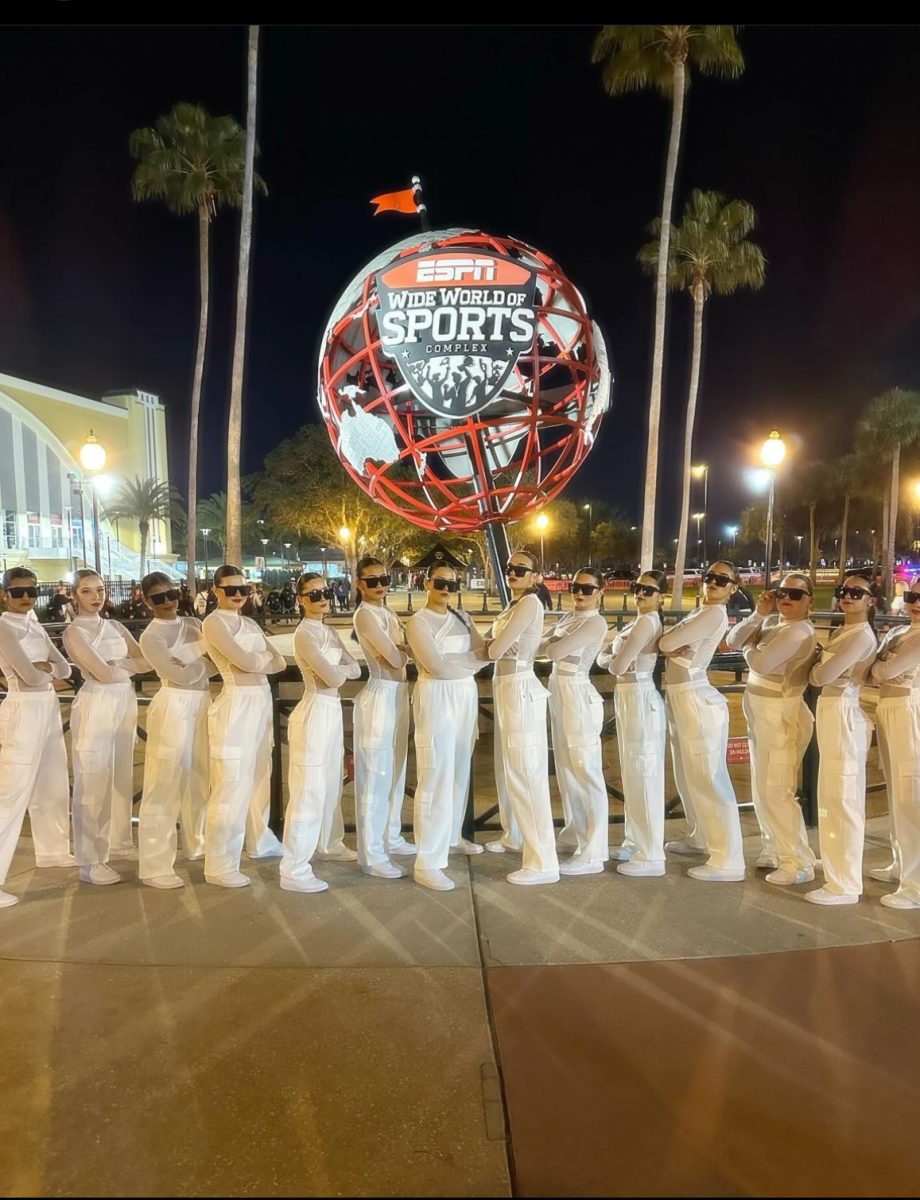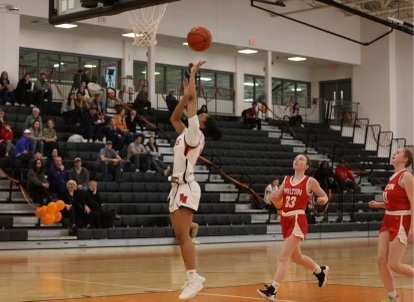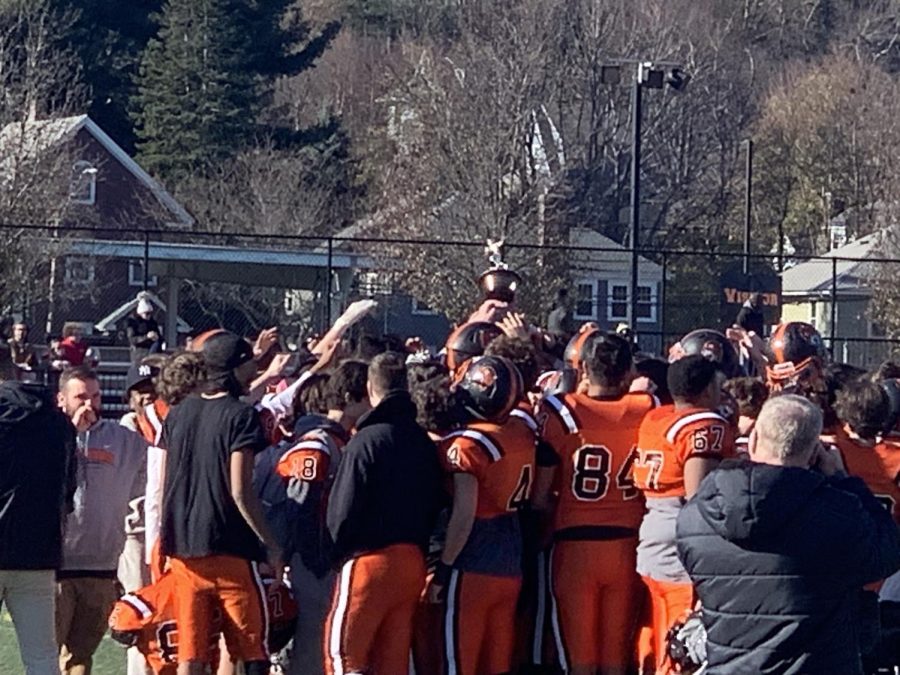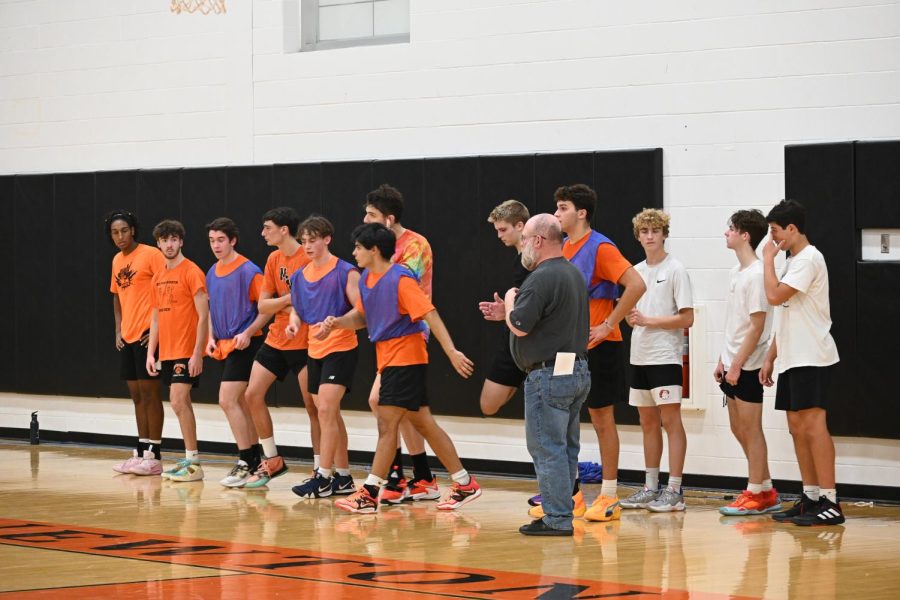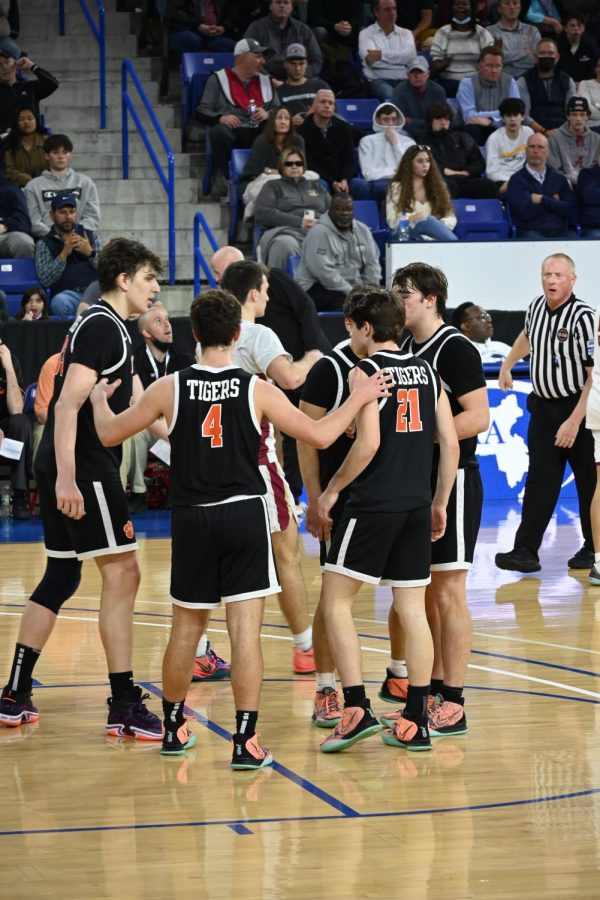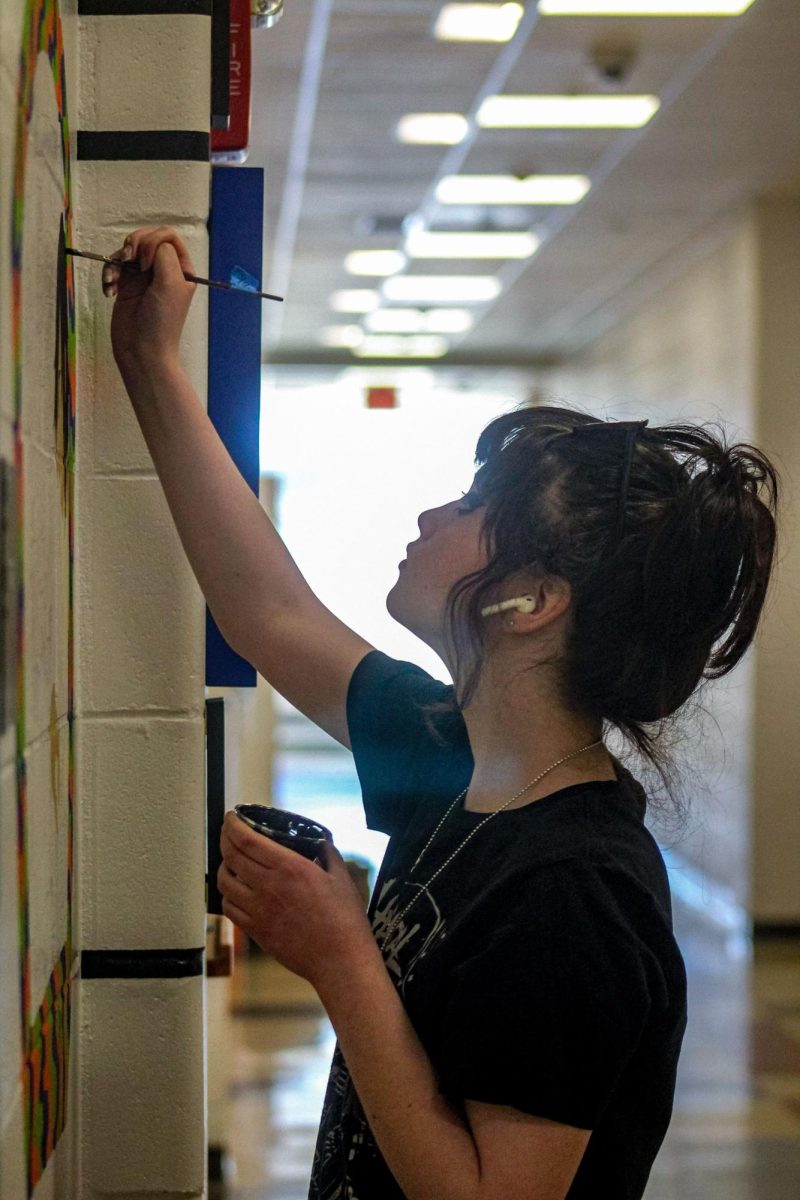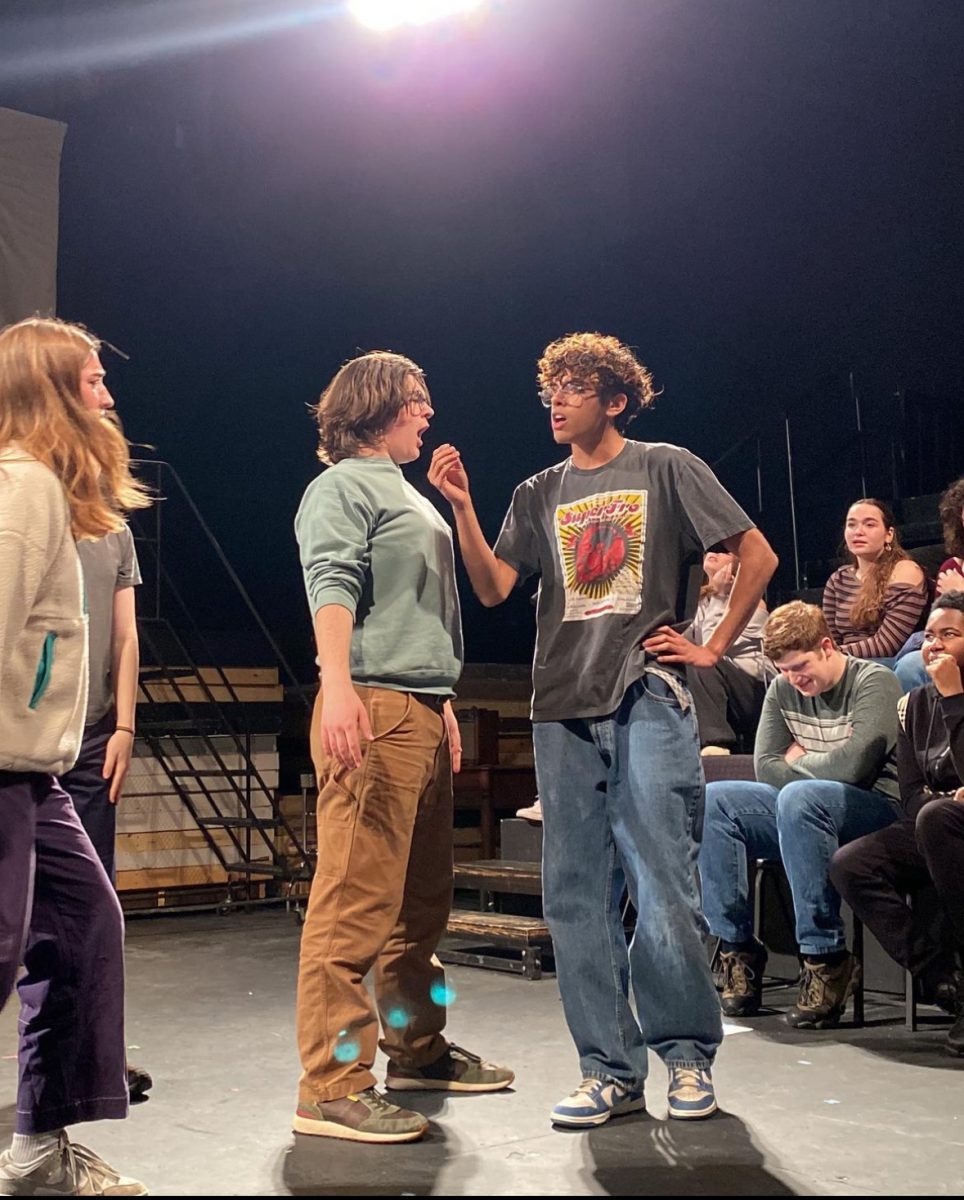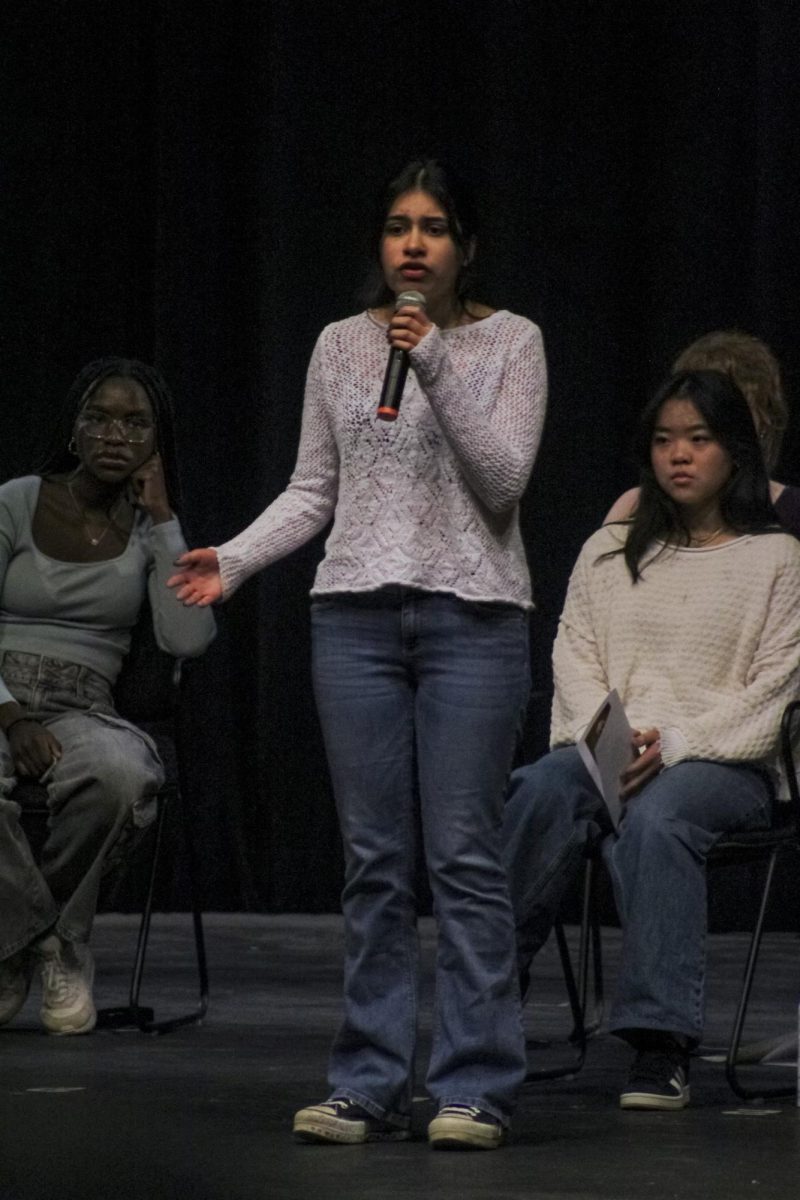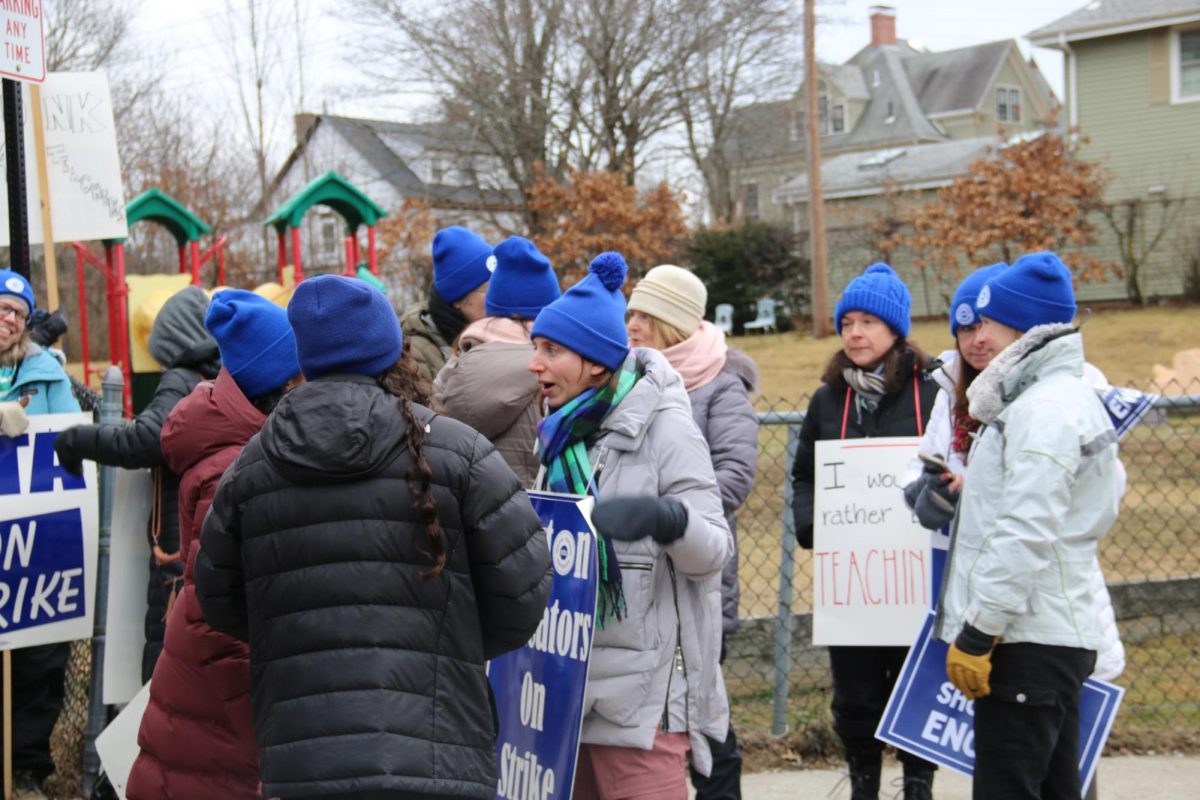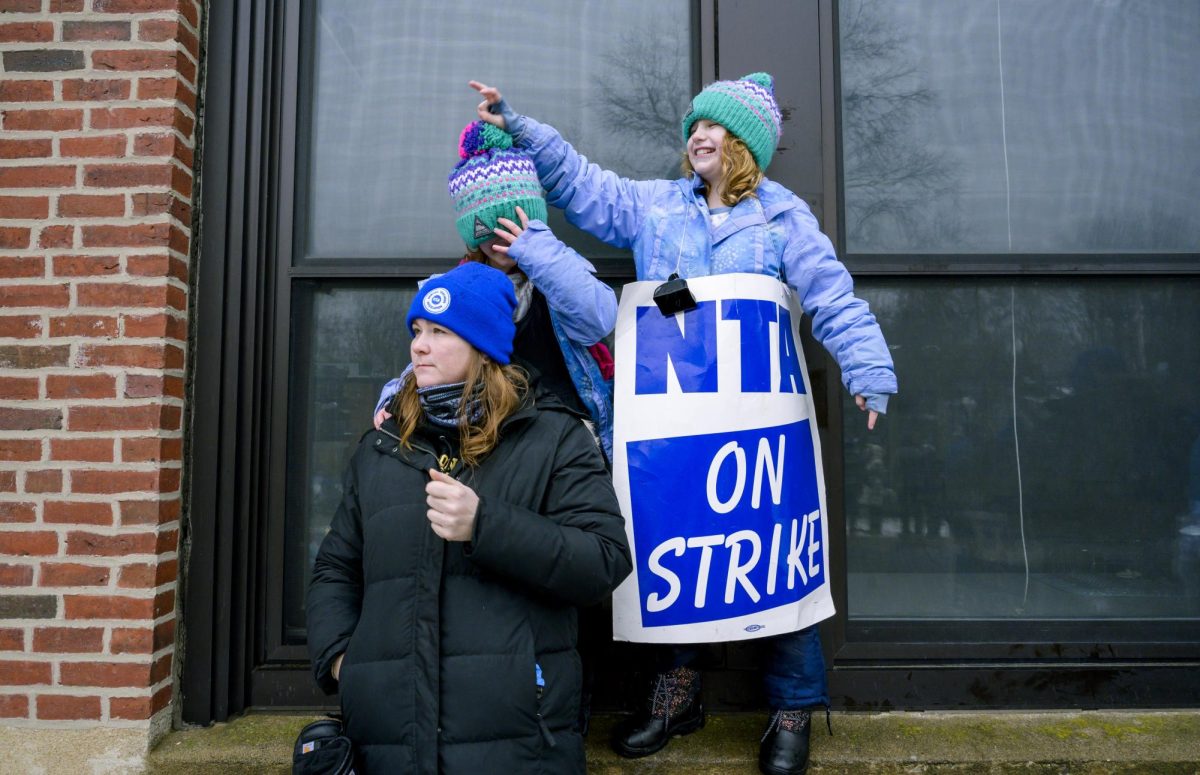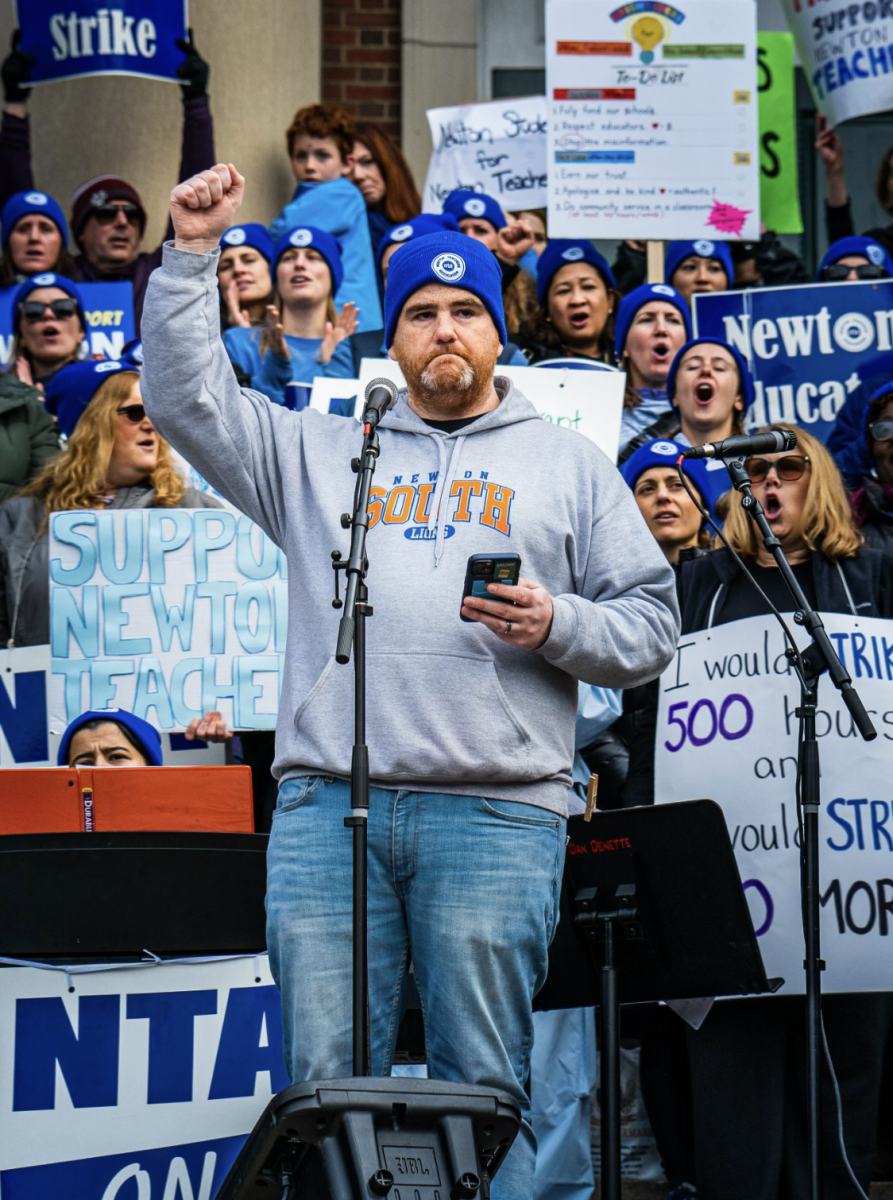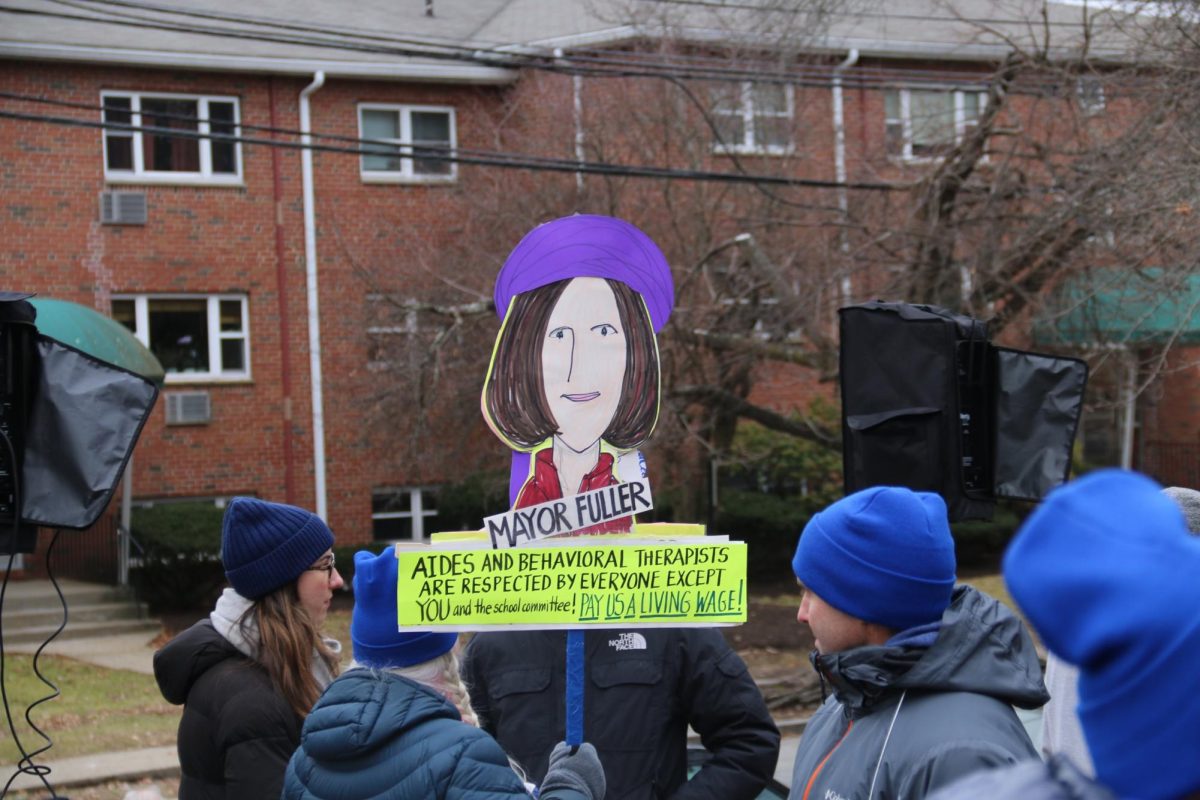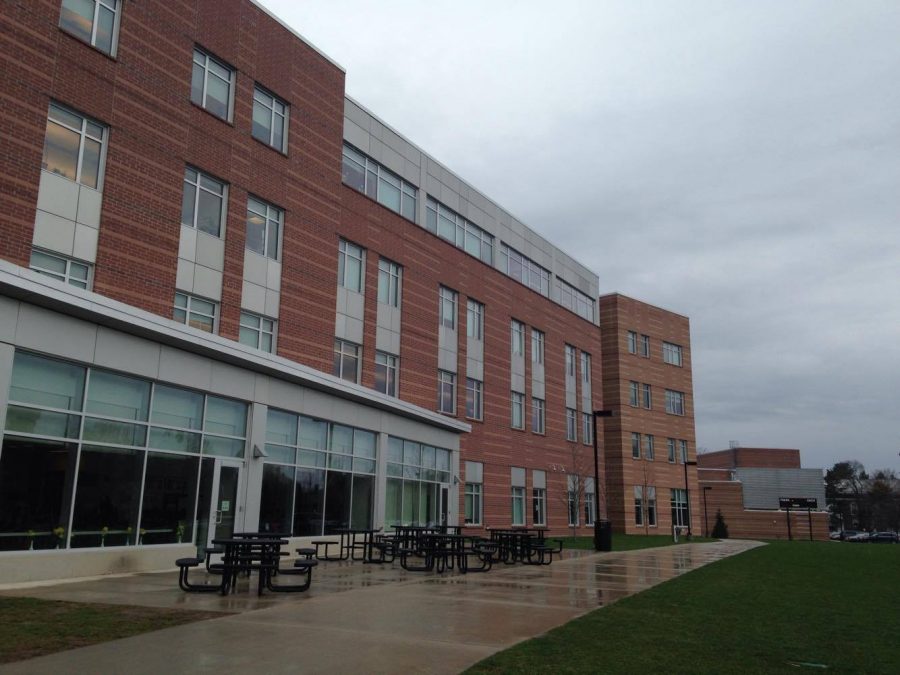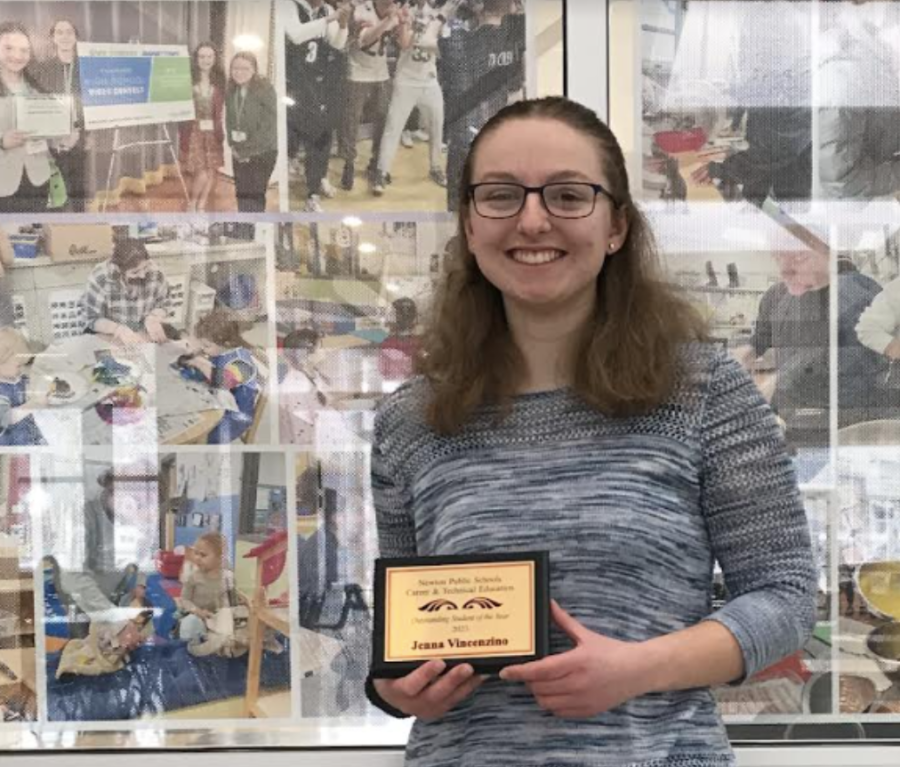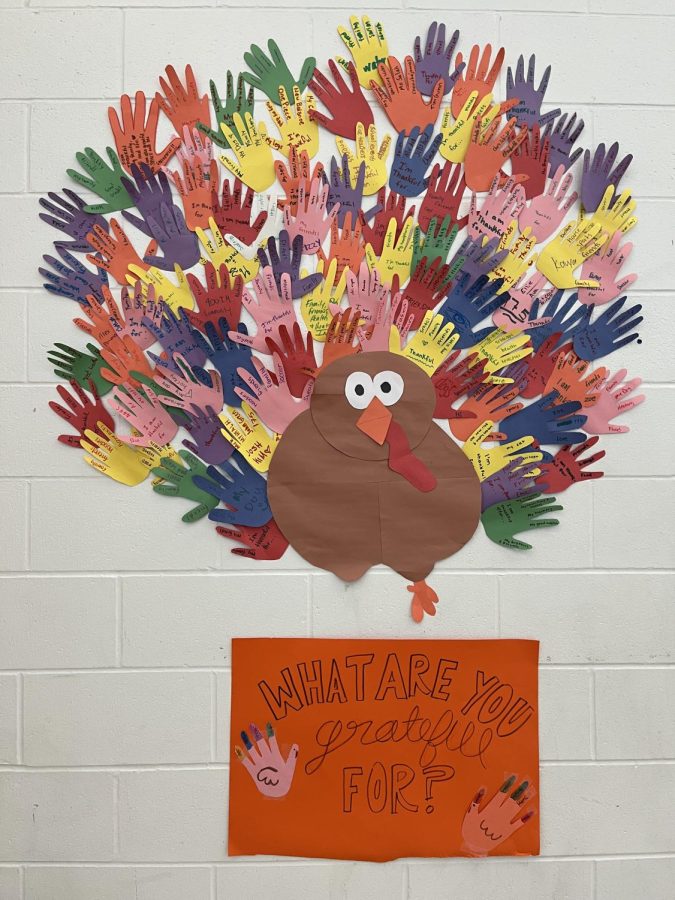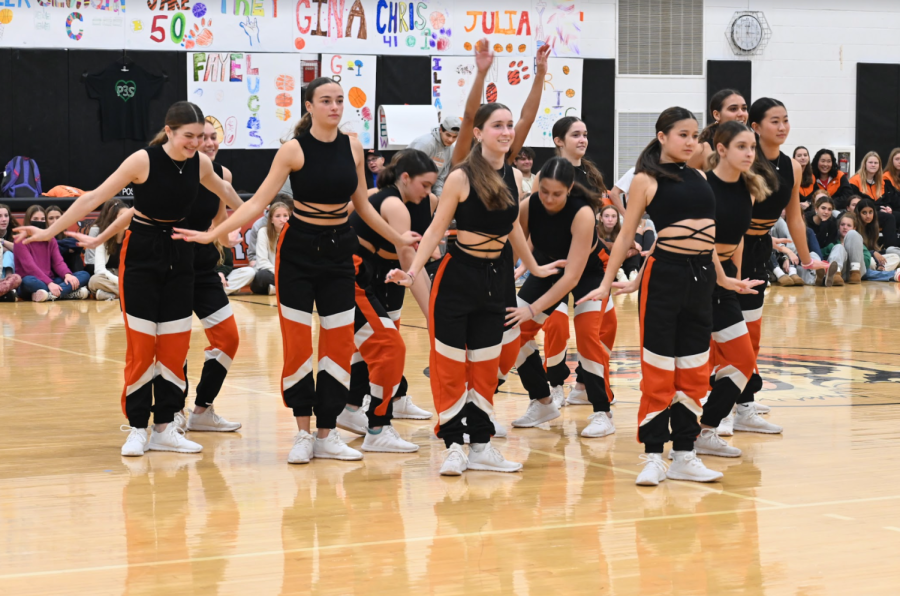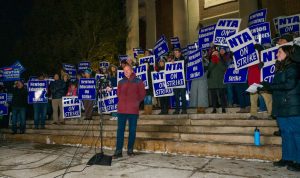by Hilary Brumberg and Perrin Stein
As a part of the Fiscal Year 2013 budget, which was passed Monday, March 26, this school will receive the equivalent of two additional full time educators (FTEs), a floating custodian, funding for the Innovation Lab and funding for the One to One program. These new programs will be partially paid for by non-athletic school-sponsored extra-curricular fees (clubs), which were implemented in FY12.
Regular education full time educators
Two regular education FTEs will be added to this school for next school year, costing $193,964.
Principal Jennifer Price explained that these teachers will offset the projected enrollment growth of 34 students by enabling this school to “maximize programs and keep class sizes the same.”
For the past few Mondays, Price and the department heads have been meeting to look at students’ course selections for next year to determine the areas where staffing support will be needed. They have been “answering tough questions,” such as, “If you have 60 kids who want to take a class, do you have three classes of 20 or two classes of 30?” Price explained.
“We never have as many FTEs as needed. You do the best with what you are given. It’s always a challenge,” she said.
Price said she hopes that the administration will have decided how to allocate the additional funding within the next few weeks.
 [/media-credit]
[/media-credit]
- Junior Benji Smith and senior Quinn Silva, members of the greengineering club, work on a project.
Clubs’ fees
In FY12, clubs fees brought in 77 percent less revenue than was projected in the FY12 budget.
The $125 clubs fee was one of the ways in which the School Committee helped offset the $4.4 million dollar budget gap in FY12.
In FY13, the Newton Public Schools hopes to collect $40,000 more in revenue from the $125 fee than it did in FY12, earning the school $101,250. This is still $170,635 less than the NPS had projected in revenue for FY12, according to the FY13 budget.
To collect this additional $40,000, the NPS will send invoices home much earlier in the year than it did in FY12, according to deputy superintendent Sandy Guryan.
In addition, a leadership team and information technology specialists have been working to ensure the data collection system is functioning properly, she said.
Club advisers are in no way involved in fee collection, according to science teacher Michael Hazeltine, who oversees all clubs at this school.
“The fee is problematic because many clubs are more loosely organized than was envisioned when the fee was instituted,” Hazeltine said. “For example, at some clubs, students just drop in whenever they want. It’s hard to know whether the student who comes once a month should pay the same fee as the officer.”
The Italian club is one of the many loosely organized clubs that grappled with this issue, Hazeltine said.
Because of the $125 fee, the Italian club disbanded, according to junior Maggie Amatucci, who was an officer with junior Eliana Accomazzi.
“We felt that we weren’t meeting often enough for the fee to be money well spent,” Amatucci said. “I feel like the fee made it harder for people to commit to the Italian club. Without the fee, I feel that people might be more willing to take part in club activities.”
Hazeltine said he sees the same problem with the clubs fee that Amatucci does. The fee can discourage students from becoming involved in clubs, he said.
“North has always valued the connection between faculty and students. Clubs are a way for students to connect to each other and to faculty,” he said. “So, clubs might be something that the school just needs to invest a little more in order to create a positive high school.”
Custodians
Next school year, one floating custodian based in this school will be added.
Like the 13 custodians that currently work at this school, the floater will have an eight-hour shift that he or she dedicates to cleaning this school.
However, if something comes up and another school needs additional custodial support, the floater will work at that school for however long he is needed, night senior custodian Bobby Falanga explained.
If a custodian at a different NPS is not able to work, facilities/operation manager Paul Anastasi will contact the floater “a day to an hour in advance, depending on the reason the person is out,” Falanga said. Then, the custodial staffing at this school will be down a custodian for a half or a full shift, depending on how much time the floater was called out for.
“We don’t know when the floater will be here,” he said. “That’s the uncertainty of it.”
Falanga said that although the additional floater will be “a lot better than what we have now,” an additional full time custodian would be the best solution.
“That would be more to our advantage because we should get more out of him. You can’t always agree with the decisions people make, though.”
Innovation Lab
The Innovation Lab is another area in this school to which the FY13 budget dedicates more funding.
Since the Innovation Lab’s founding two years ago, the Lab’s director position has been funded through the PTC Innovation Lab Grant, according to English teacher and chief innovation officer Steve Chinosi, the Lab’s director. The Lab was also the recipient of the Educational Excellence Campaign Grant last year through the “wonderful work” of this school’s PTSO, he said.
The three-year contract with PTC ends next year, so the NPS is “preparing for incorporating the Lab into the bigger district planning,” according to Chinosi.
The NPS will shoulder the $41,680 for the 0.5 FTEs of an Innovation Lab director starting next year.
Chinosi explained that the role of Innovation Lab director involves four equally important parts: curriculum development, professional development, collaboration with universities and organizations and design solutions to problems.
He said that he is proud to be funded by the NPS, as opposed to by grants, because it means that the Lab is “an official part of the NPS” and that “we have proven ourselves through research, development and delivering positive impact for students and faculty.”
 [/media-credit]
[/media-credit]
- Senior Emma Rosenfield works on a project as a part of Big Brother Big Sister.
Big Brother Big Sister
For FY13, the NPS has allocated 0.4 FTEs to One to One, which is also known as Big Brother Big Sister. The 0.4 FTEs will go toward training, teaching and supervising high school students, who are a part of Big Brother Big Sister, how to be effective mentors.
The NPS has allocated 0.4 FTEs to Big Brother Big Sister because The Newton Partnership, the organization that currently funds One to One, will run out of funding at the end of FY12.
In FY08, the NPS created The Newton Partnership in response to a $6 million dollar Federal Safe Schools/Healthy Students Grant it received from the U.S. Departments of Education, Health and Human Services and Justice.
Because the grant was only for four years, in FY13, all the programs and projects paid for by The Newton Partnership will either have finished their mission, be dissolved, be funded by a local nonprofit organization or be paid for by the NPS, according to Program Director Nancy Holczer
Big Brother Big Sister is one of the programs that will be absorbed by the NPS, Holczer said.
“This is a great addition back to the NPS because One to One has been such a valuable asset to the community for 40 years,” Holczer said.







